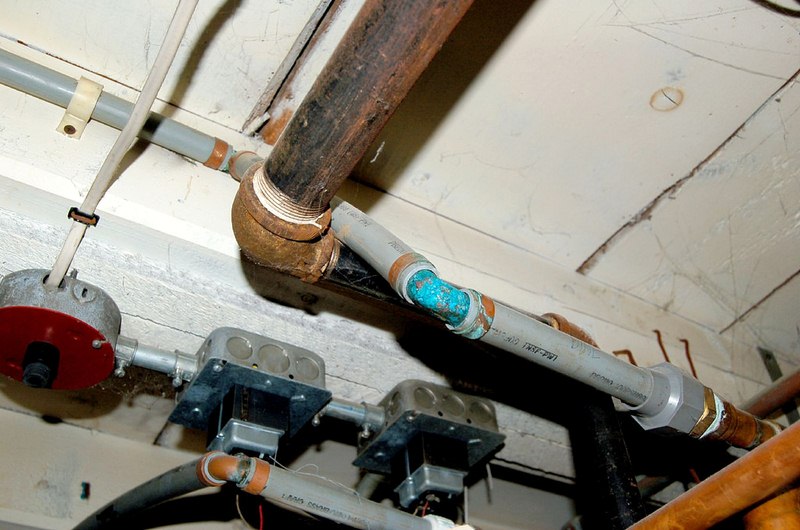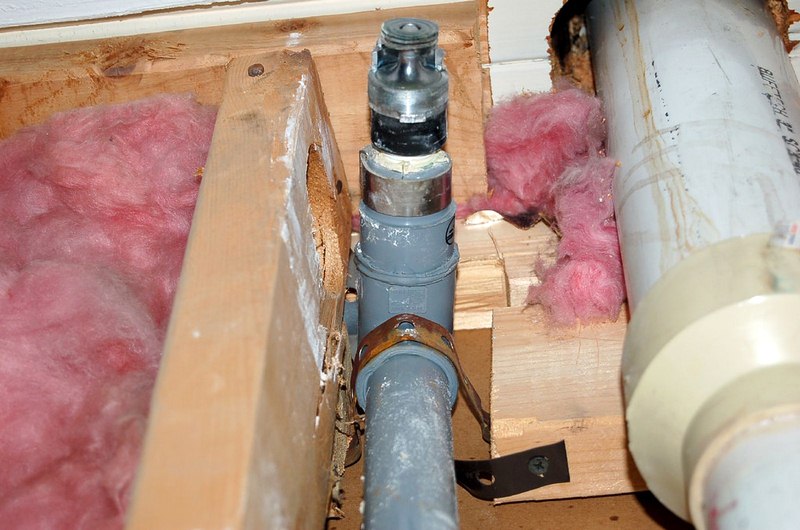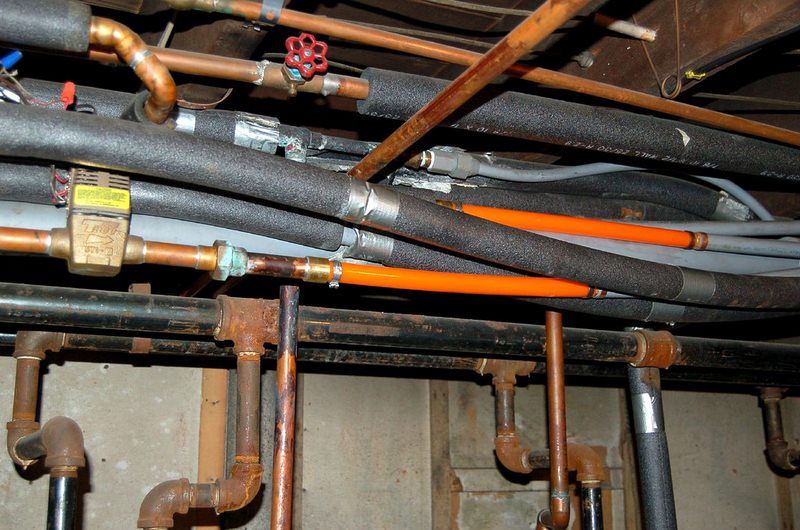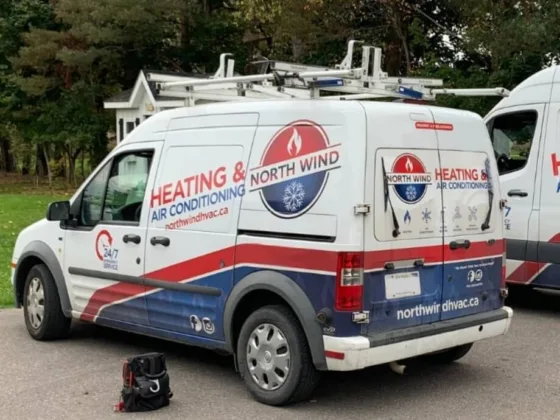Whether you are already in your home or in the process of buying a new one, you should make a point to get to know every one of your home’s features — including those that may not be visible, such as your plumbing.
Problematic pipes can wreak havoc on your home — from damaging insulation due to leaks to dissolving drywall from burst pipes. These types of problems become quickly obvious as they impact the visible areas of your home quite quickly — but there are a host of other problems that can happen to due degradation of your pipes over time.
A licensed plumbing contractor may be able to help catch symptoms of problematic plumbing before real problems occur.

Is Your Home Safe From the Dangers of Polybutylene?
Though there are many potential plumbing glitches in homes, one of the big causes is polybutylene plumbing. While copper pipes are very resilient, polybutylene pipes are notorious for causing damage to homes, as they can deteriorate over time.
What is Polybutylene?
Polybutylene pipes are a type of pipe formed from plastic resin. These plastic pipes typically come in white or grey and have a dull, matte finish.
Polybutylene pipes were popular in the late 1990’s due to their incredibly low cost and easy installation, but have become notorious in the plumbing world due to the damage they cause over time. Although at one point they were seen as a pipe of the future, expected to ultimately replace the more costly copper pipes, these pipes are no longer used for construction.
During their peak use between 1978 and 1995, polybutylene pipes were installed in approximately 25 percent of all newly constructed homes – estimated upwards of six million homes nationwide in whole.
Although polybutylene pipes were installed in homes throughout the nation, they are most commonly found in homes in the “Sun Belt” where residential construction boomed through the 1980’s and 1990’s. It was also very commonly used through the Mid-Atlantic region and Pacific Northwest.

Interior Polybutylene Pipes
Polybutylene pipes were most commonly installed throughout the interiors of homes, particularly around water heaters and in the connecting plumbing pieces that feed on the walls to sinks and toilets. Additionally, they were installed to run plumbing throughout the ceilings in unfinished basements.
If you are trying to identify whether your home has polybutylene pipes installed, you should know that not all visible plumbing may properly give notice as to whether polybutylene pipes were used. In some homes, plumbers installed copper “stub outs” where pipes protrude from a wall to connect to fixtures, so just because you see a copper pipe extending from a wall does not necessarily mean that all of your plumbing is made from copper.
Exterior Polybutylene Pipes
Polybutylene pipes were commonly used for underground water mains and can be identified by their blue, grey, or black color. These pipes are most often ½” to 1″ in diameter and can be seen by entering the basement floors or walls or by peering into your crawlspace. Most often the pipes are visible near the water heater.
Must Read:
Are Your Polybutylene Pipes at Risk to Fail?
Scientists do not know exactly why polybutylene pipes fail but believe that chemicals found in public water supplies, such as chlorine, react with the metal fittings and polybutylene piping in such a way that the reactions cause scaling and flaking so that the pipes become brittle and break or degrade. The pipes may incur microscopic fractures that in their own leak water, but also reduce the basic structural integrity of the entire plumbing system.
The main issue with polybutylene deterioration is that because the contamination comes from the public water supply, the pipes degrade from the inside – which means that it can be difficult to detect deterioration in advance of visible problems.
Beyond the pipe deterioration, poor installation can also negatively affect homes with polybutylene pipes.
Polybutylene pipes typically take 10 to 15 years to show problems, but since the majority of homes that have polybutylene pipes were built between 1978 and 1995, most polybutylene pipe homes are likely to have shown signs by now.

That said, to completely confirm whether your home is free from polybutylene plumbing, you should call a licensed plumbing contractor. Although plumbing contractors may not be able to sense whether your pipes are experiencing interior deterioration, they will be able to confirm the presence of polybutylene pipes in your home










1 comment
It appears that my 1995 home had polybutylene piping installed, but I have been on a 6″ deep well where we are located. i.e. there has never been chlorine. I also have a Whole House Carbon filter established before any water enters the interior piping at the faucets, toilets, showers, etc. Any thoughts on my % of problems ? I detect no issues visibly in the crawlspace ?? Thanks, Padge